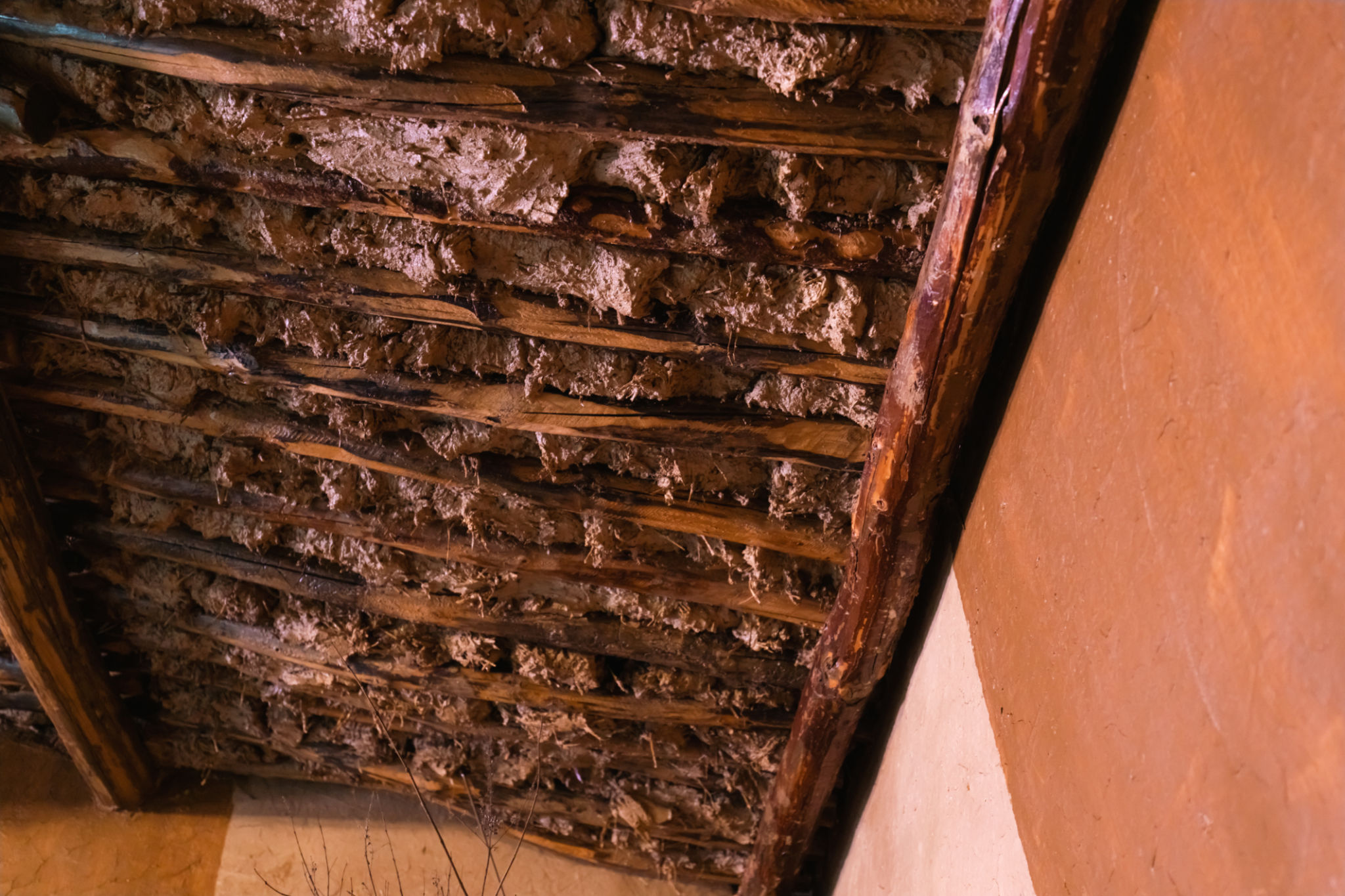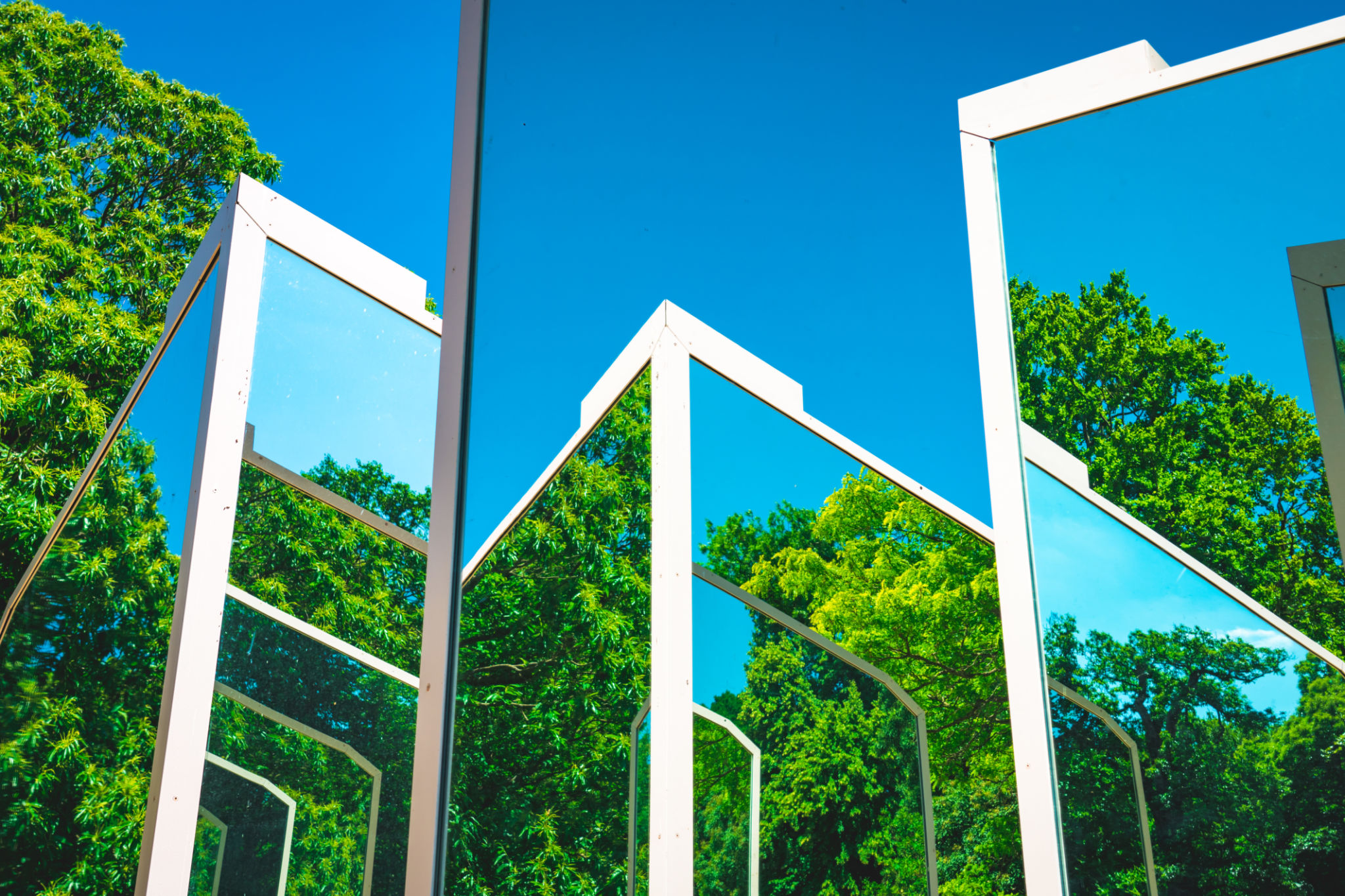Creating a Sustainable Landscape Architecture for Tropical Environments
AA
Understanding the Importance of Sustainable Landscape Architecture
In tropical environments, sustainable landscape architecture is not just a choice; it's a necessity. The rich biodiversity and unique climate conditions present both opportunities and challenges for architects and planners. Designing landscapes that respect and enhance these natural systems can lead to thriving, resilient environments.
Sustainable landscape architecture involves creating designs that are environmentally responsible and resource-efficient throughout their life cycle. This means considering everything from site selection and material usage to water conservation and energy efficiency. In tropical climates, where conditions can be extreme, these considerations become even more critical.

Key Strategies for Sustainability
Water Management
Managing water effectively is crucial in tropical environments, where heavy rainfall can lead to erosion and flooding. Implementing systems like rain gardens, permeable pavements, and bioswales can help manage stormwater naturally. These solutions not only reduce runoff but also enhance groundwater recharge.
Another important strategy is the use of native and drought-resistant plants, which require less water and are better adapted to the local climate. Incorporating these plants into landscape designs can significantly reduce the need for irrigation, conserving water resources.

Soil Conservation
The health of the soil is paramount in any landscape design, but especially so in tropical regions where intense rainfall can deplete nutrients and cause erosion. Techniques such as mulching, cover cropping, and terracing can help maintain soil quality and prevent erosion. These practices not only protect the soil but also promote biodiversity by providing habitats for various organisms.
Additionally, using organic fertilizers and avoiding chemical pesticides can enhance soil health. These practices support a thriving soil ecosystem, which is essential for sustaining plant life.
Designing with Local Materials
Utilizing local materials is a cornerstone of sustainable landscape architecture. In tropical areas, this might include bamboo, stone, or reclaimed wood. These materials not only reduce transportation emissions but also blend harmoniously with the natural environment.

Designers should also consider the lifecycle of these materials, selecting those that are durable and can be reused or recycled at the end of their life. This approach minimizes waste and reduces the overall environmental impact of a project.
Energy Efficiency
Incorporating energy-efficient technologies into landscape design is another vital aspect of sustainability. Solar lighting, energy-efficient irrigation systems, and even strategically placed vegetation for natural cooling can significantly reduce energy consumption. These innovations not only help the environment but also lower operational costs in the long term.
Moreover, designing landscapes that maximize natural ventilation and shade can reduce the reliance on artificial cooling systems, further conserving energy.

The Role of Community Engagement
Sustainable landscape architecture in tropical climates must also consider social sustainability. Engaging local communities in the planning and implementation stages ensures that the designs meet their needs and reflect their cultural values. This involvement fosters a sense of ownership and responsibility towards the environment.
Community engagement can take many forms, from participatory design workshops to educational programs about sustainable practices. By educating and involving residents, architects can create landscapes that are not only sustainable but also cherished by those who live in them.

